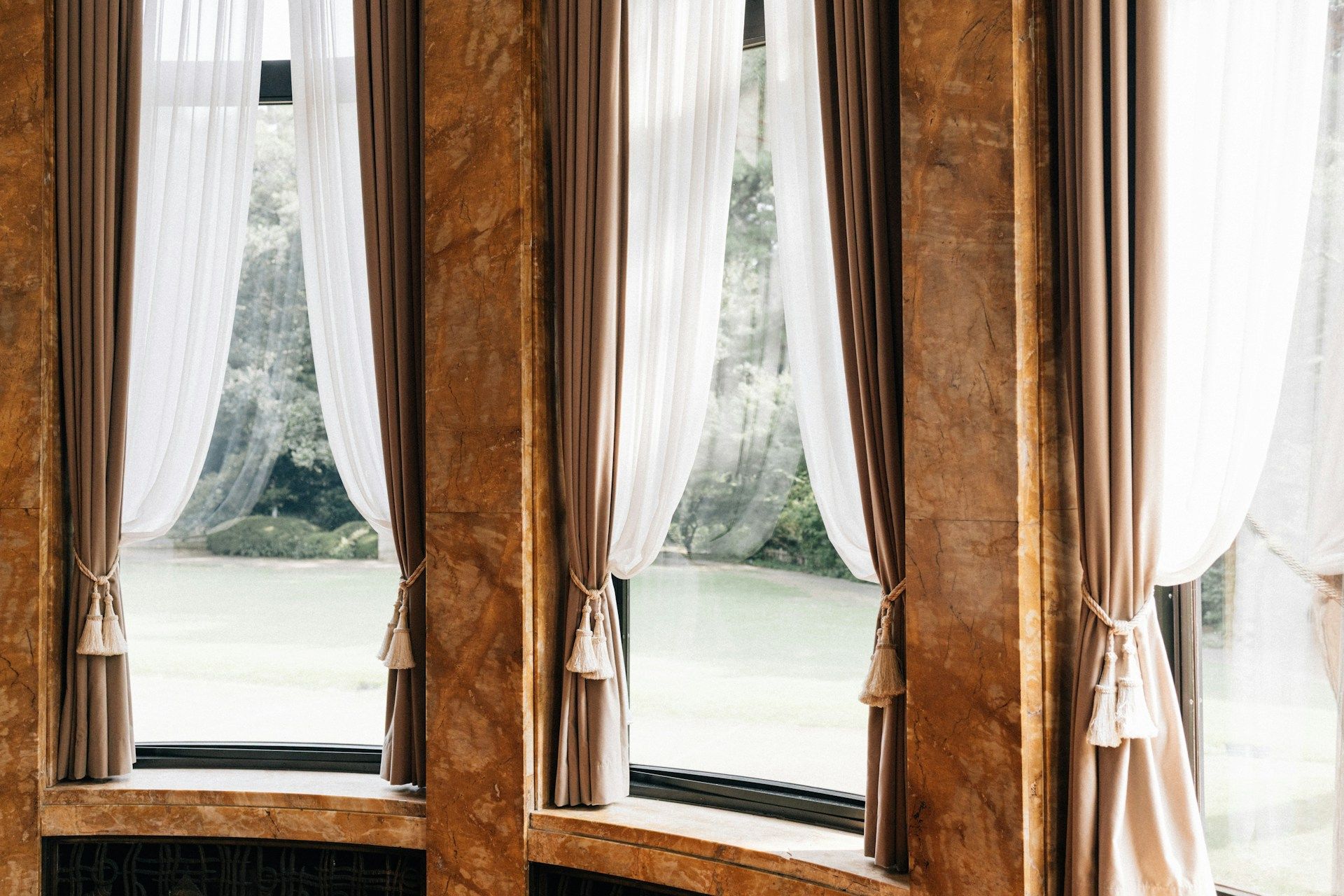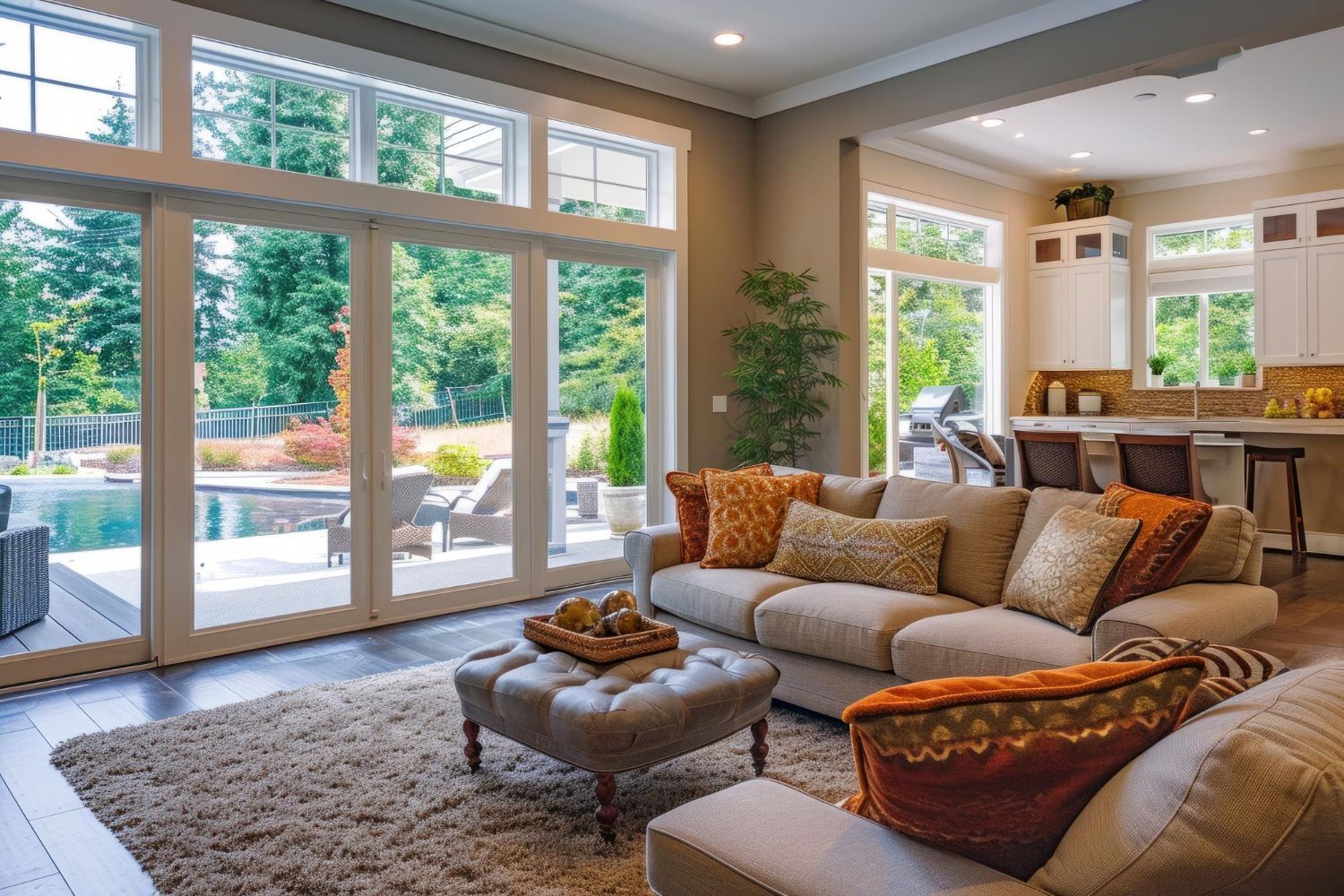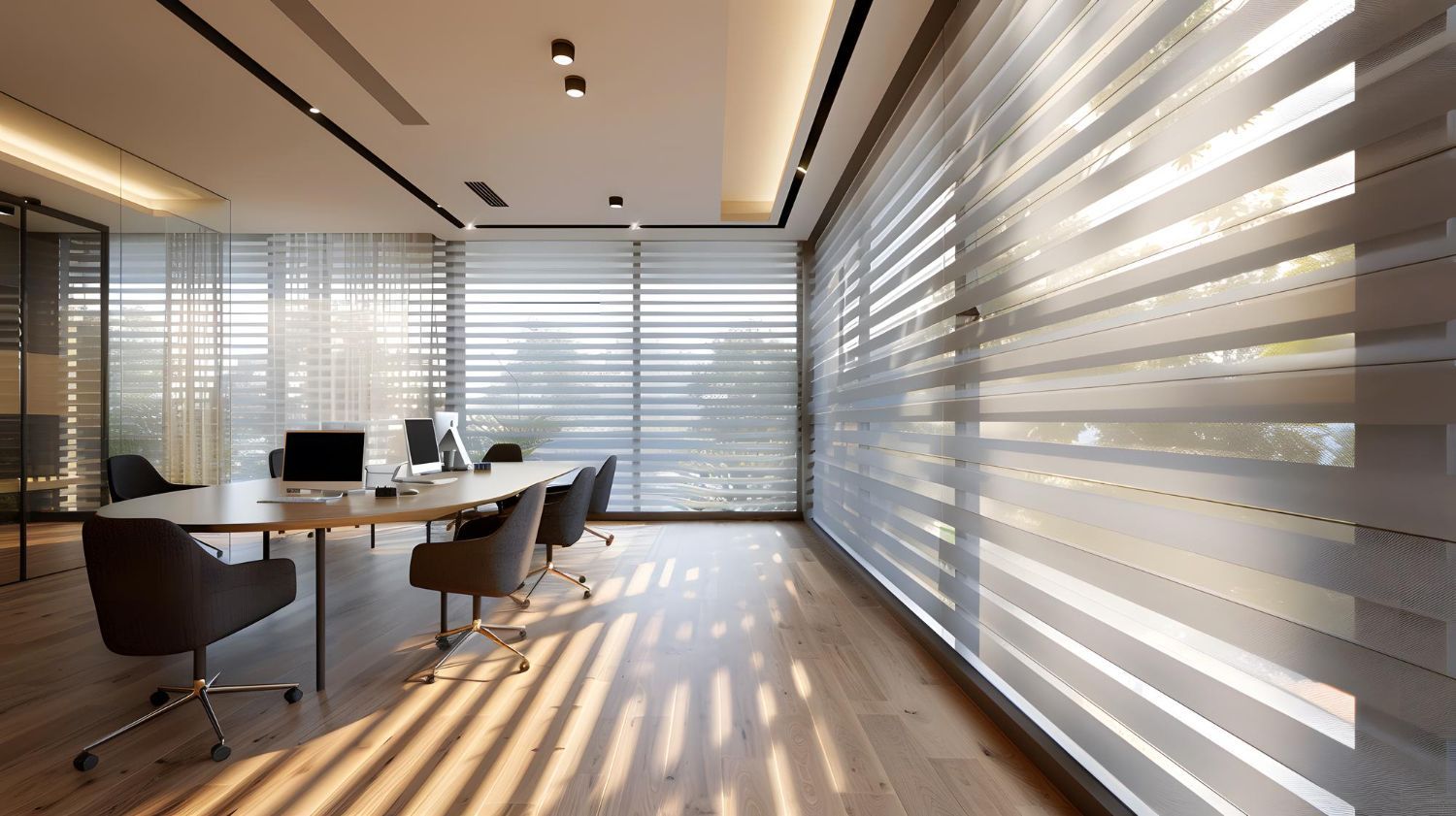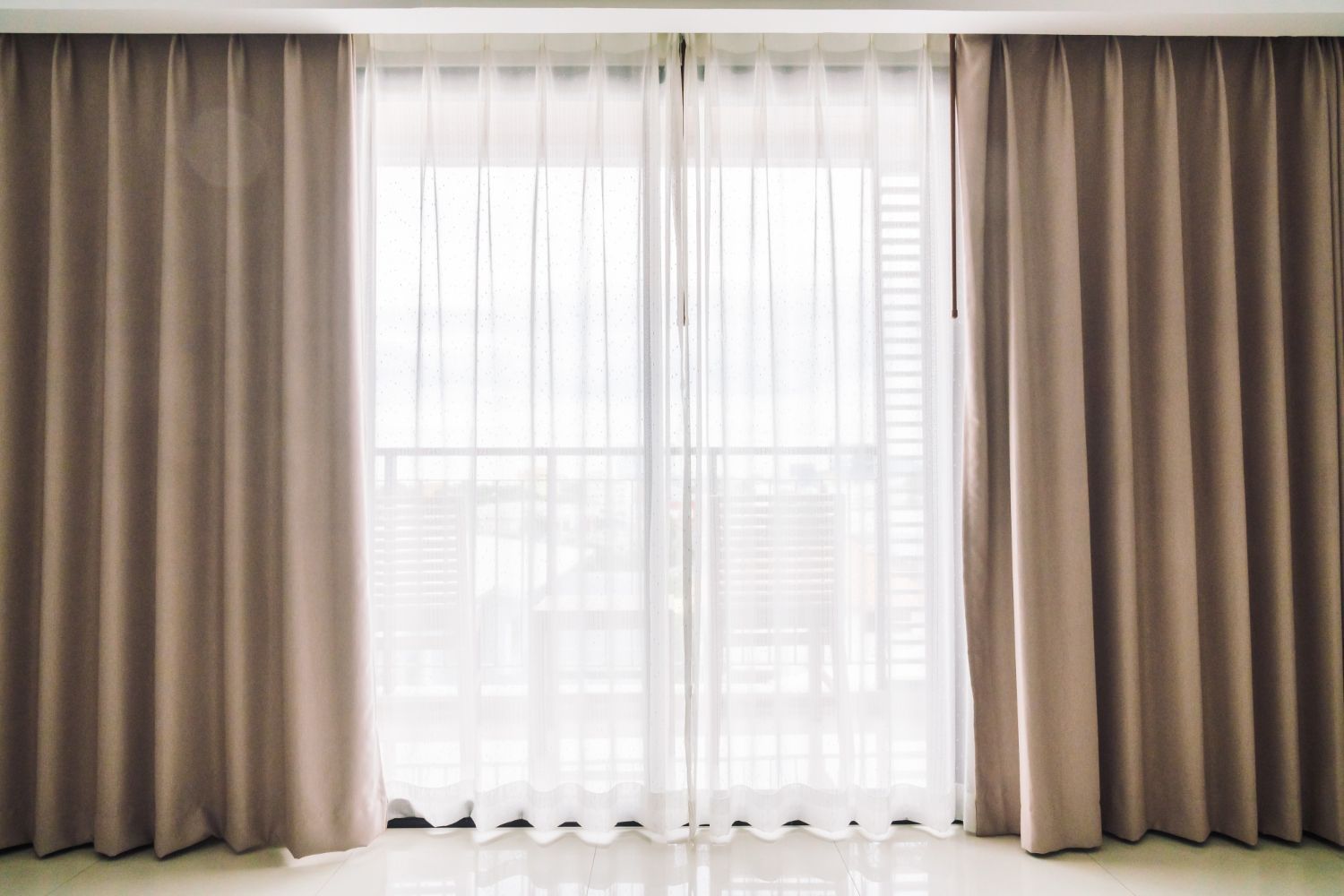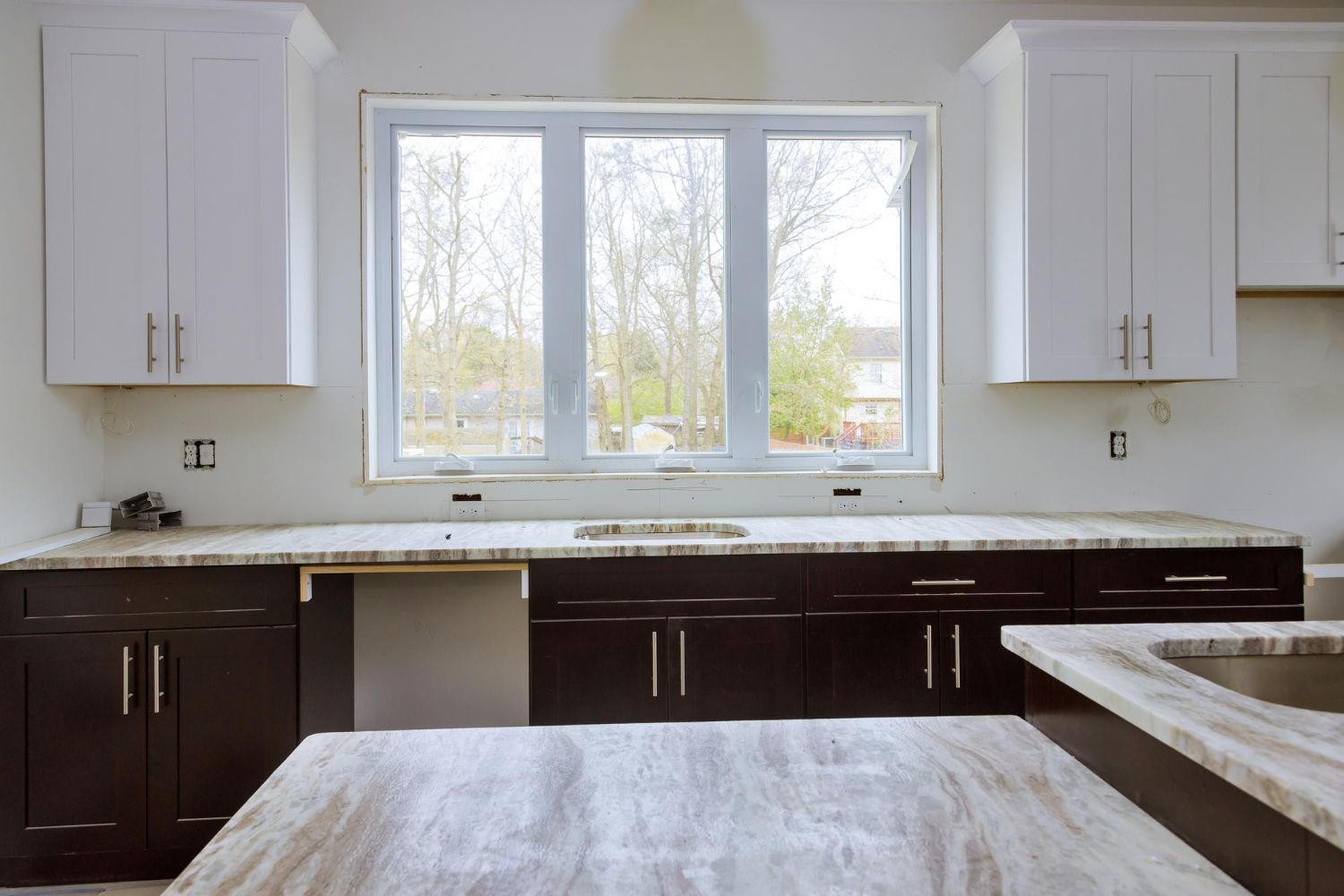The Ultimate Guide to Mixing and Matching Window Treatments
Mixing and matching window treatments can transform your living space, adding depth, personality, and a unique style. The right combination can create a cohesive look that ties a room together while offering practical benefits like improved light control and privacy. However, achieving the perfect balance between different window treatments can be a bit of a challenge.
One of the key aspects to consider when mixing window treatments is understanding the basics. Knowing which types of treatments complement each other will ensure that your combinations are harmonious and functional. For example, pairing heavy drapes with light, sheer curtains can offer both elegance and versatility.
Another important factor is style consistency. When combining different styles, it’s crucial to maintain a cohesive look. You don't want your room to appear mismatched or chaotic. Instead, focus on blending different elements that complement each other, such as colors and materials that work well together.
Coordinating colors and patterns is also a vital part of mixing window treatments. Selecting matching or contrasting colors can enhance the visual appeal of your space. Patterns can either be a statement piece or a subtle background, depending on your preference. By thoughtfully combining colors and patterns, you create a vibrant and inviting atmosphere.
Finally, layering window treatments can add an extra dimension to your windows. By layering, you can mix textures and designs, showcasing different functionalities and styles in one unified look. This creative approach can elevate the aesthetic appeal of any room, making your windows a focal point of your décor.
Understanding the Basics of Window Treatment Pairing
The first step in mixing and matching window treatments is understanding which combinations work best together. Different types of window treatments offer various functionalities and styles, and combining them can enhance both. For instance, pairing blinds with curtains can give you excellent light control and add a touch of elegance to your room. Blinds can be adjusted to control the light, while curtains can offer an additional layer of style and privacy.
Shutters are another versatile option that works well with fabric treatments. Combining shutters with sheer curtains can provide a classic look while allowing flexibility in light control. Shutters offer a sturdy, permanent option for privacy and protection, while sheer curtains can soften the look, adding a light and airy feel to the room.
When combining window treatments, it’s also essential to consider the mounting options. Ensure that the treatments can be installed together without interfering with each other. For example, inside-mounted blinds can be paired with outside-mounted drapes to avoid any overlap and to create a cohesive design. This method ensures that each treatment operates smoothly and looks integrated.
How to Combine Different Styles for a Cohesive Look
Creating a cohesive look involves blending different window treatment styles seamlessly. Start by considering the overall theme and décor of your room. If your room has a modern decor, combining sleek roller shades with minimalist curtains can enhance the contemporary feel. Choose materials and colors that complement each other and match the room's aesthetic.
In more traditional settings, rich, thick drapes can pair beautifully with wooden blinds or shutters. The combination of textures – the softness of the fabric and the hardness of the wood – can create a balanced, inviting look. You can also bring in elements like valances or cornices to tie the treatments together, adding an extra layer of sophistication.
Don't be afraid to mix different patterns and textures to create visual interest. The key is to ensure that the patterns are complementary. For example, if you have floral drapes, pairing them with a subtle, neutral-toned shade can balance the look without overwhelming the space.
Lastly, think about the functionality you need. Combining blackout curtains with lighter shades can offer flexibility for varying light needs. This mix is especially useful for bedrooms, where you might want darkness for sleeping but lighter shades for daytime use.
Mixing different styles doesn’t mean clashing; it’s about finding harmony. With careful selection and thoughtful arrangement, you can create a stylish, cohesive look that enhances your home's overall aesthetic.
Tips for Coordinating Colors and Patterns
When it comes to coordinating colors and patterns, the goal is to create a balanced and appealing look. Start by selecting a dominant color that matches the room's overall palette. This color will anchor your window treatments and help them blend seamlessly with the rest of the decor. Once you have a dominant color, choose complementary or contrasting colors for your secondary treatments.
For instance, if your room's color scheme is primarily neutral, you can add a pop of color with patterned draperies that feature shades matching the room's accents. If your walls are painted in a bold color, opt for window treatments in softer, complementary hues to avoid visual overload.
When mixing patterns, it's crucial to ensure they don't clash. Stick to a similar color family and vary the scale of the patterns. For example, pair large, bold prints with smaller, more subdued patterns. This creates visual interest without overwhelming the space. If you prefer a more subtle look, choose textures instead of patterns to add depth and dimension.
Additionally, consider the mood you want to set in the room. Cool colors like blues and greens can create a calm and relaxing atmosphere, while warm colors like reds and yellows can add energy and warmth. By thoughtfully coordinating colors and patterns, you can achieve a harmonious and inviting design.
Creative Ideas for Layering Window Treatments
Layering window treatments is a great way to add style, versatility, and functionality to your windows. One popular method is to layer sheer curtains with thicker drapes. The sheer curtains provide diffused light and privacy during the day, while the heavier drapes can be closed at night for added insulation and light control.
Another creative idea is to combine blinds or shades with curtains. For example, pair Roman shades with floor-length drapery panels. The shades can be used for precise light control, while the drapery adds a soft, elegant touch. This combination can work well in various rooms, from the living room to the bedroom.
You can also experiment with mixing different textures and materials. For instance, layer wooden blinds with linen curtains for a rustic yet refined look. Or, combine metallic shades with velvet drapes for a more luxurious, contemporary feel.
For an added touch of sophistication, consider using valances or cornices in your layering design. These top treatments can hide curtain rods and add a finished look to your window ensemble. They also provide an opportunity to introduce another pattern or texture for added visual interest.
Layering doesn’t have to be complicated. With a bit of creativity, you can find combinations that enhance both the look and functionality of your windows.
Final Thoughts
Mixing and matching window treatments can elevate your home’s décor, adding both beauty and practical benefits. By understanding the basics of window treatment pairing, combining different styles for a cohesive look, coordinating colors and patterns, and layering creatively, you can transform any room into a stylish and comfortable haven.
Taking the time to select and coordinate your window treatments carefully ensures they will add value and aesthetic appeal to your home for years to come. Thoughtful combinations can also enhance light control, privacy, and insulation, making your living spaces more enjoyable and energy-efficient.
Ready to give your windows a stunning makeover? Contact Southern Maryland Custom Blinds today for expert advice and a wide selection of
customized window treatment options. Let us help you find the perfect mix to match your unique style and needs!

